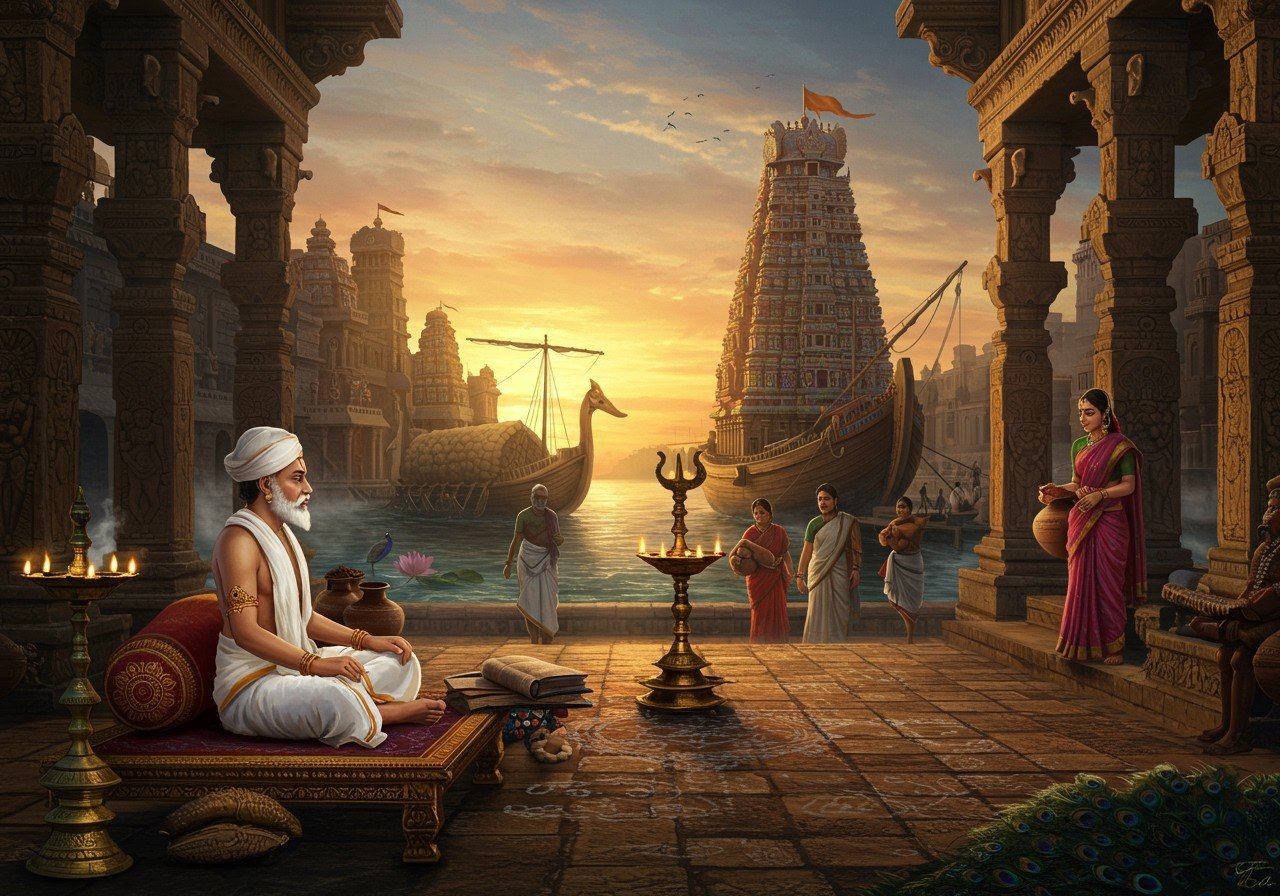
The Sangam Period (approximately 6th century BCE to 3rd century CE) represents a golden age in South Indian history, particularly in the Tamil region. This era witnessed a flourishing of Tamil literature, culture, and political institutions, shaping the identity of the region and leaving a lasting legacy. This exploration delves into the key aspects of this significant period.
What Defined the Sangam Period?
The Sangam Period derives its name from the Sangam academies, assemblies of poets and scholars, believed to have been centered in Madurai. These academies played a crucial role in fostering literary and intellectual growth. The literature produced during this time offers invaluable insights into the socio-political, economic, and cultural life of the era.
The Flourishing of Literature
Sangam literature, primarily composed in Tamil, is renowned for its richness and depth. Works like the Tolkappiyam (grammar and poetics), Ettuthogai (eight anthologies), and Pathuppattu (ten songs) are cornerstones of Tamil literary tradition. These texts explore themes of love (akam), valor (puram), ethics, and governance, reflecting the complexities of life during the Sangam Period.
The Reigning Dynasties
The Sangam Period saw the prominence of three major dynasties: the Cheras, Cholas, and Pandyas. These kingdoms played a pivotal role in shaping the political landscape of South India. Their patronage of the arts and literature contributed significantly to the cultural efflorescence of the time. The Cholas, in particular, would later rise to become a major maritime power, extending their influence across Southeast Asia.
Geographical Significance
The Sangam Period encompassed a significant portion of South India, including present-day Tamil Nadu, Kerala, parts of Andhra Pradesh, Karnataka, and even Sri Lanka. The geographical diversity of the region is reflected in the Sangam literature, with vivid descriptions of mountains (kurinji), forests (mullai), plains (marutham), and coastal areas (neithal). These landscapes played an essential role in shaping the lives and culture of the people.
Social and Cultural Fabric
Sangam literature provides glimpses into the social structure of the time. Society was organized into various occupational groups, including farmers, traders, artisans, and warriors. Women held a relatively prominent position in society, with some even participating in literary and artistic pursuits. Religious beliefs were diverse, with the worship of deities like Murugan alongside the influence of Jainism and Buddhism.
FAQs about the Sangam Period
How long did the Sangam Period last? The Sangam Period spanned roughly from the 6th century BCE to the 3rd century CE, representing a significant period in South Indian history.
What languages were used during the Sangam Period? While other languages existed, Tamil was the primary language used in the literature and inscriptions of the Sangam Period, solidifying its importance in the region.
What is the legacy of the Sangam Period? The Sangam Period’s legacy lies in its rich literary tradition, which continues to influence Tamil language and culture to this day. It also provides valuable insights into the political, social, and economic structures of ancient South India.
Connecting with Sangam Heritage through Poojn.in
Poojn.in, India’s leading cultural goods and services store, offers a unique opportunity to connect with the rich heritage of the Sangam Period. Explore our collection of traditional items that reflect the artistry and craftsmanship of this era.
Traditional Cotton Sarees: A Timeless Elegance
Discover our exquisite range of cotton sarees, crafted with the same dedication to quality and tradition as those worn during the Sangam age. These sarees are:
- Made with pure, comfortable cotton fabric, perfect for year-round wear.
- Available in a variety of traditional designs, reflecting the timeless elegance of Indian culture.
- Suitable for both daily wear and special occasions, adding a touch of heritage to your wardrobe.
Experience the rich cultural heritage of Tamil Nadu with Poojn.in. Visit us today and bring a piece of history into your home.
Explore more about South Indian temples and traditions:
- Nira River Sangam: Importance and Cultural Impact
- Preserving Dravidian Temples: Safeguarding India’s Architectural Heritage
- Hindu Temple Architecture: Significance and Symbolism


